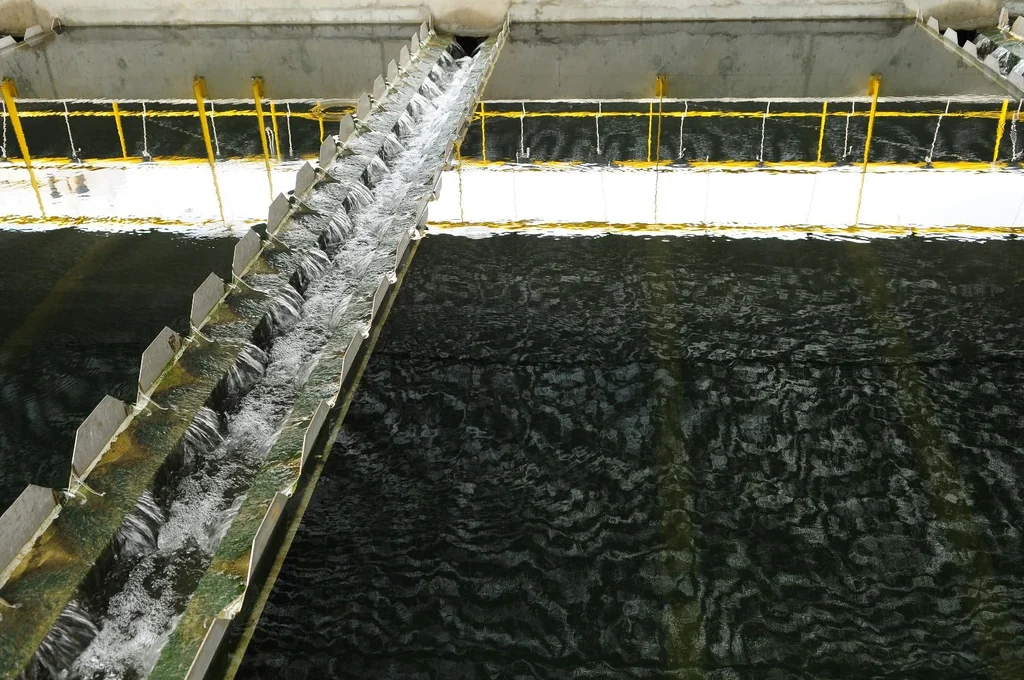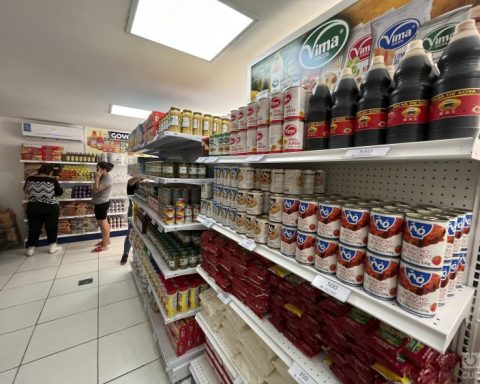The OSE authorities are analyzing different options to improve the quality of the water produced by the Aguas Corrientes plant in view of the increased contamination of the Santa Lucía River.
While they wait for the resolution of the Executive Branch on the financial model to be implemented in Arazatí –the new intake of raw water from the Río de la Plata–, the board of directors of the public company is studying various possibilities for Aguas Corrientes, the plant that supplies the entire population of Montevideo and part of the departments of San José and Canelones. The intention is to reduce the costs of drinking water while maintaining quality.
To meet this objective, the company signed a broad agreement in March with the Israeli company Mekorot, by which the company will provide advice to improve the water supply to the metropolitan region.
The first report was delivered to the authorities at the end of May and outlines a series of actions to be carried out in the short and medium term.
One of them is to use fish to maintain the quality of the water that reaches the plant through the Santa Lucía River and is later made drinkable through various chemical treatments.
mekoroth
What would the biological control of the reservoir with fish be like?
The intention is to build reserves that can store up to 300,000 cubic meters of water and put different species of fish inside to maintain the ecosystem. When stored in closed spaces, the water loses quality, which makes the purification process more expensive since more chemical products must be used. The fish can neutralize this deterioration by reducing “the peaks of algal blooms and the organic load on the filters,” says the report written by the Israeli technicians.
Mekorot cited the Eshkol filtration plant in Israel, in which the water is treated with fish after passing through a sedimentation basin. The treatment allows reaching a maximum turbidity of 1 NTU, the limit value established by the WHO for drinking water. “All the reservoirs that contain water from treated effluents to be reused in agriculture contain fish to mainly prevent algae blooms (due to the high content of organic matter in the treated effluents),” the document adds.

Carlos Pazos
The Aguas Corrientes plant makes the water of the metropolitan area drinkable
Coming from a source that is contaminated and contains nutrients such as phosphorus and nitrogen, the conditions are created for the growth of microscopic algae (phytoplankton) or parasites (zooplankton), they explained to The Observer from OSE. The fish could keep the ecological chain in balance without deteriorating the quality, which reduces turbidity and makes subsequent treatment cheaper.
Sludge proposal analyzed
Beyond Mekorot’s proposal, the OSE board is analyzing whether to accept a private initiative presented by Teyma and the French group Suez to build a plant to treat the sludge generated in Aguas Corrientes. The public company has been intimidated since 2013 by the National Directorate for the Environment (Dinama) to correct the situation. Accepting the proposal would allow feasibility studies to begin.
The initiative is to treat the 30 thousand cubic meters that are generated per day for a period of 15 years. The contract amounts to US$64 million and is in BOT format (for the acronym in English, and assumes that the private party builds, operates and maintains the plant), although the idea of the authorities is to partially accept the proposal so that the investment between US$15 million and US$20 million. The work is projected in 18 months.
“The execution of this proposal would allow the administration to give due compliance to the environmental provisions that regulate the disposal of the sludge produced in the purification process of the Aguas Corrientes plant through a technical solution that entails the recovery of the sludge. object of the treatment, meaning an environmental and social approach with the community settled in the area of influence”, indicates the report submitted to the board of directors by the OSE management.
In addition, it highlights that it is “convenient” from the economic-financial point of view for the administration, which makes it efficient and promotes best environmental practices in addition to “improving and strengthening OSE’s institutional image.”
At the end of March at the World Water Forum in Senegal, Environment Minister Adrián Peña stated that the plant was an “old must” and that the investments – the Neptuno project, sanitation and the sludge plant – were “the of the last 50 years in drinking water and sanitation and surely the most important environmental investment in the history of Uruguay”.













